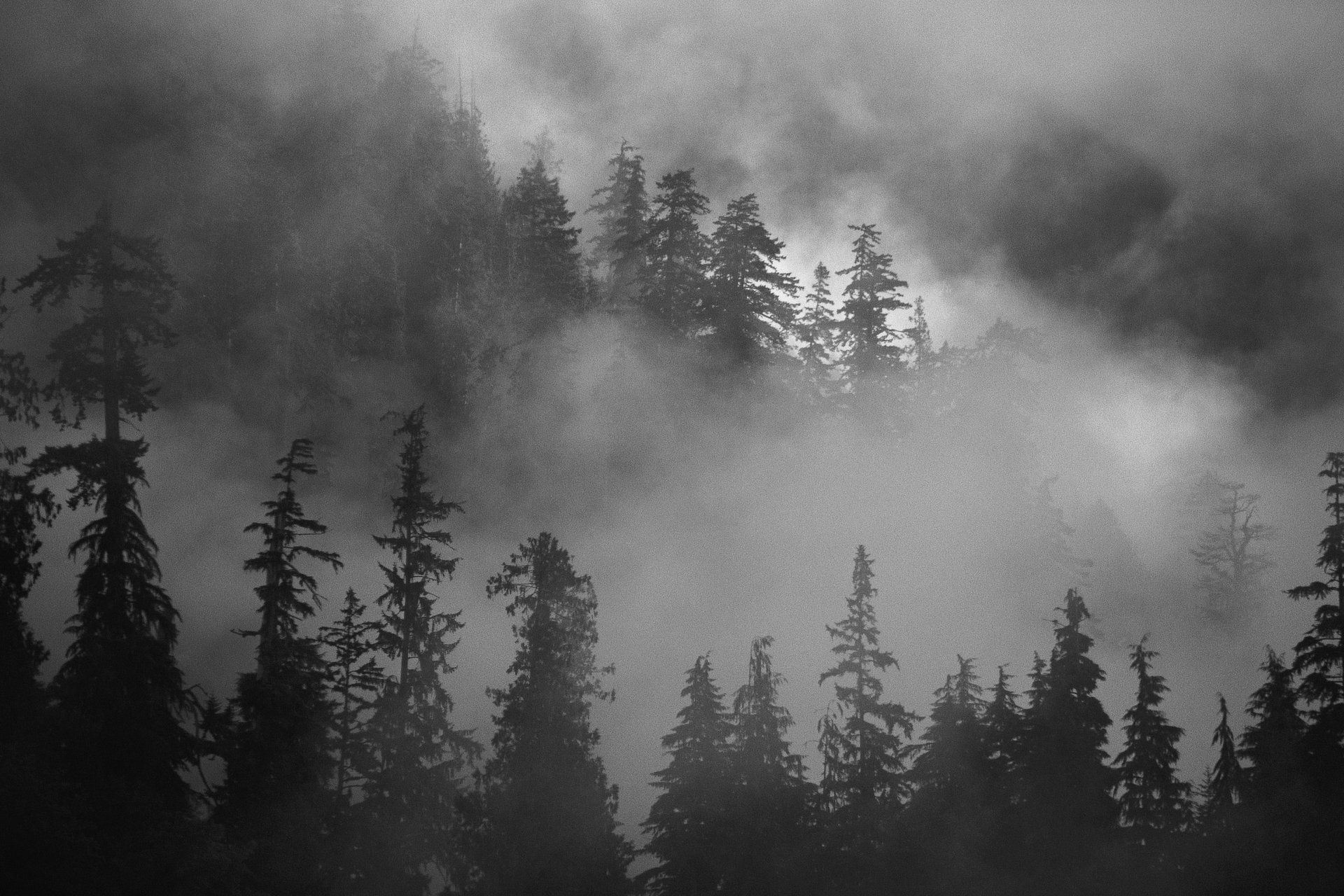

Who Were the Tonkawas?
→ How do you pronounce the word "Tonkawa"? What does it mean?
Tonkawa is pronounced "tong-kuh-wah." It may have come from a word meaning "they keep together" in the language of their Wichita neighbors, but this isn't certain.
→Where do the Tonkawas live?
The Tonkawa Indians are original people of Texas. The Tonkawa tribe was forced to move to Oklahoma in the 1800's along with many other tribes, and most Tonkawa people are still living in Oklahoma today.
→ How is the Tonkawa Indian nation organized?
The Tonkawa Nation has its own government, laws, police, and services, just like a small country. However, the Tonkawas are also US citizens and must obey American law. In the past, each Tonkawa band was led by its own chief. Today, the Tonkawa tribe is governed by councilmembers who are elected by all the tribal members.
→ What language do the Tonkawa Indians speak?
The Tonkawa people speak English today. In the past, they spoke their native Tonkawa language. Although there are no native speakers of Tonkawa any more, some young people are working to learn their ancient language again. If you'd like to know an easy Tonkawa word, "ta'en" (pronounced similar to "tah-ayn") means "friend."
→ How do Tonkawa Indian children live, and what did they do in the past?
They do the same things all children do--play with each other, go to school and help around the house. Many Tonkawa children like to go hunting and fishing with their fathers. In the past, Indian kids had more chores and less time to play in their daily lives, just like colonial children. But they did have dolls, toys, and games to play. Tonkawa girls and boys also enjoyed running races. A Tonkawa mother traditionally carried a young child in a cradleboard on her back--a custom which many American parents have adopted now.
→ What were men and women's roles in the Tonkawa tribe?
Tonkawa men were hunters and sometimes went to war to protect their families. Tonkawa women did most of the child care and cooking. Only men became Tonkawa chiefs, but both genders took part in storytelling, artwork and music, and traditional medicine.
→ What were Tonkawa homes like in the past?
The Tonkawa Indians lived in large buffalo-hide tents called tipis (or teepees). Tipis were carefully designed to set up and break down quickly. An entire Tonkawa village could be packed up and ready to move within an hour.
→ What was Tonkawa clothing like? Did the Tonkawas wear feather headdresses and face paint?
Tonkawa women wore wraparound deerskin skirts. Tonkawa men wore breechcloths. Shirts were not necessary in Tonkawa culture, but some Tonkawa warriors wore elaborately decorated war shirts like those used by northern Plains tribes. In cooler weather, Tonkawa women wore shawls made of rabbit fur and the men wore painted buffalo robes. The Tonkawas made beautifully decorated moccasins, but wore them only for special occasions. Normally they went barefoot
Tonkawa Indian men did not wear headdresses. Sometimes they would tie a few feathers to a lock of their hair. Tonkawa men wore their hair long and braided, but warriors would sometimes cut the hair on the left side of their heads short. Tonkawa women wore their hair either loose or in one long braid. The Tonkawas wore tribal tattoos and also painted their faces for special occasions. They used different patterns for war paint, religious ceremonies, and festive decoration.
→ What was Tonkawa transportation like in the days before cars? Did they paddle canoes?
No--the Tonkawa Indians weren't coastal people, and when they traveled by river, they usually built rafts. Over land, the Tonkawas used dogs pulling travois (a kind of drag sled) to help them carry their belongings. There were no horses in North America until colonists brought them over from Europe.
→ What was Tonkawa food like in the days before supermarkets?
The Tonkawas were big game hunters. Tonkawa men hunted buffalo and deer and sometimes fished in the rivers. The Tonkawas also collected roots, nuts, and fruit to eat. Though the Tonkawas were not farmers, corn was also part of their diet. They got corn by trading with neighboring tribes.
→ What were Tonkawa weapons and tools like in the past?
Tonkawa hunters used bows and arrows. In war, Tonkawa men fired their bows or fought with war clubs and hide shields.
→ What other Native Americans did the Tonkawa tribe interact with?
The Tonkawas traded regularly with other tribes of the southern Plains and the Southwest. They particularly liked to trade buffalo products to farming tribes like the Caddo Pueblo Indians in exchange for corn.
The Tonkawas also fought wars with other tribes. Plains Indian tribes treated war differently than European countries did. They didn't fight over territory but instead to prove their courage, and so Plains Indian war parties rarely fought to the death or destroyed each other's villages. Instead, their war customs included counting coup (touching an opponent in battle without harming him), stealing an enemy's weapon or horse, or forcing the other tribe's warriors to retreat. Some tribes the Tonkawas frequently fought with included the Apaches and Comanches.
→ What are Tonkawa arts and crafts like?
Tonkawa artists are known for their hide paintings and copper jewelry.